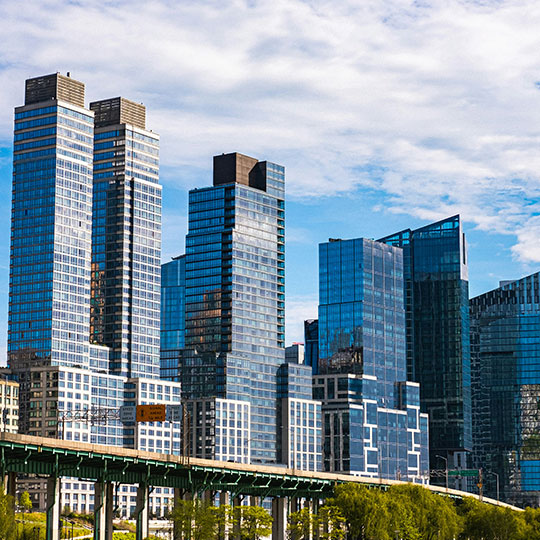
Namibia’s economy slowed significantly in the second quarter of 2025, according to a recent economic release by FNB Namibia. The bank reported that real economic growth dropped to 1.6% year-on-year, the lowest figure recorded since 2018. This contrasts with the 3.3% growth seen in the same quarter of the previous year.
The slowdown occurred despite positive performance in the mining and construction sectors. Mining grew by 2.7%, largely boosted by strong output from uranium (+44.1%), which managed to outweigh declines in diamond and gold production. Construction also saw improved growth at 4.9%. However, other vital sectors weakened considerably. Growth in wholesale and retail trade dropped to 5.2% (from 9.1% in the second quarter of 2024), while the transport sector saw a sharp deceleration to 1.1% (from 11.9% in the second quarter of 2024). The primary sector overall struggled, with agriculture contracting by 3.5% as farmers reduced livestock sales to rebuild herds after heavy off-take last year, a situation complicated by lumpy skin disease outbreaks. Fishing also remained in contraction, shrinking by 4.4%.
Second half outlook - Despite the weaker-than-expected performance in the second quarter, FNB Namibia is maintaining its forecast for 3.0% GDP growth for the entire year of 2025. The bank expects a rebound in several key areas during the second half of the year. FNB Namibia economist Helena Mboti said while the second quarter was weaker than anticipated, FNB Namibia believes Namibia’s GDP growth can reach 3% this year. “We expect a turnaround in sectors like agriculture and manufacturing, supported by sustained business optimism, which should continue to boost services and tourism in the second half of 2025.” Mboti acknowledged that achieving broad-based economic growth remains challenging. “High structural unemployment, persistent inflation, and rising housing costs continue to pressure household spending. If this drag on domestic consumption persists and outweighs support from foreign investment, the bank suggests growth could slow further to around 2.2% for the year.”
The slowdown occurred despite positive performance in the mining and construction sectors. Mining grew by 2.7%, largely boosted by strong output from uranium (+44.1%), which managed to outweigh declines in diamond and gold production. Construction also saw improved growth at 4.9%. However, other vital sectors weakened considerably. Growth in wholesale and retail trade dropped to 5.2% (from 9.1% in the second quarter of 2024), while the transport sector saw a sharp deceleration to 1.1% (from 11.9% in the second quarter of 2024). The primary sector overall struggled, with agriculture contracting by 3.5% as farmers reduced livestock sales to rebuild herds after heavy off-take last year, a situation complicated by lumpy skin disease outbreaks. Fishing also remained in contraction, shrinking by 4.4%.
Second half outlook - Despite the weaker-than-expected performance in the second quarter, FNB Namibia is maintaining its forecast for 3.0% GDP growth for the entire year of 2025. The bank expects a rebound in several key areas during the second half of the year. FNB Namibia economist Helena Mboti said while the second quarter was weaker than anticipated, FNB Namibia believes Namibia’s GDP growth can reach 3% this year. “We expect a turnaround in sectors like agriculture and manufacturing, supported by sustained business optimism, which should continue to boost services and tourism in the second half of 2025.” Mboti acknowledged that achieving broad-based economic growth remains challenging. “High structural unemployment, persistent inflation, and rising housing costs continue to pressure household spending. If this drag on domestic consumption persists and outweighs support from foreign investment, the bank suggests growth could slow further to around 2.2% for the year.”
















